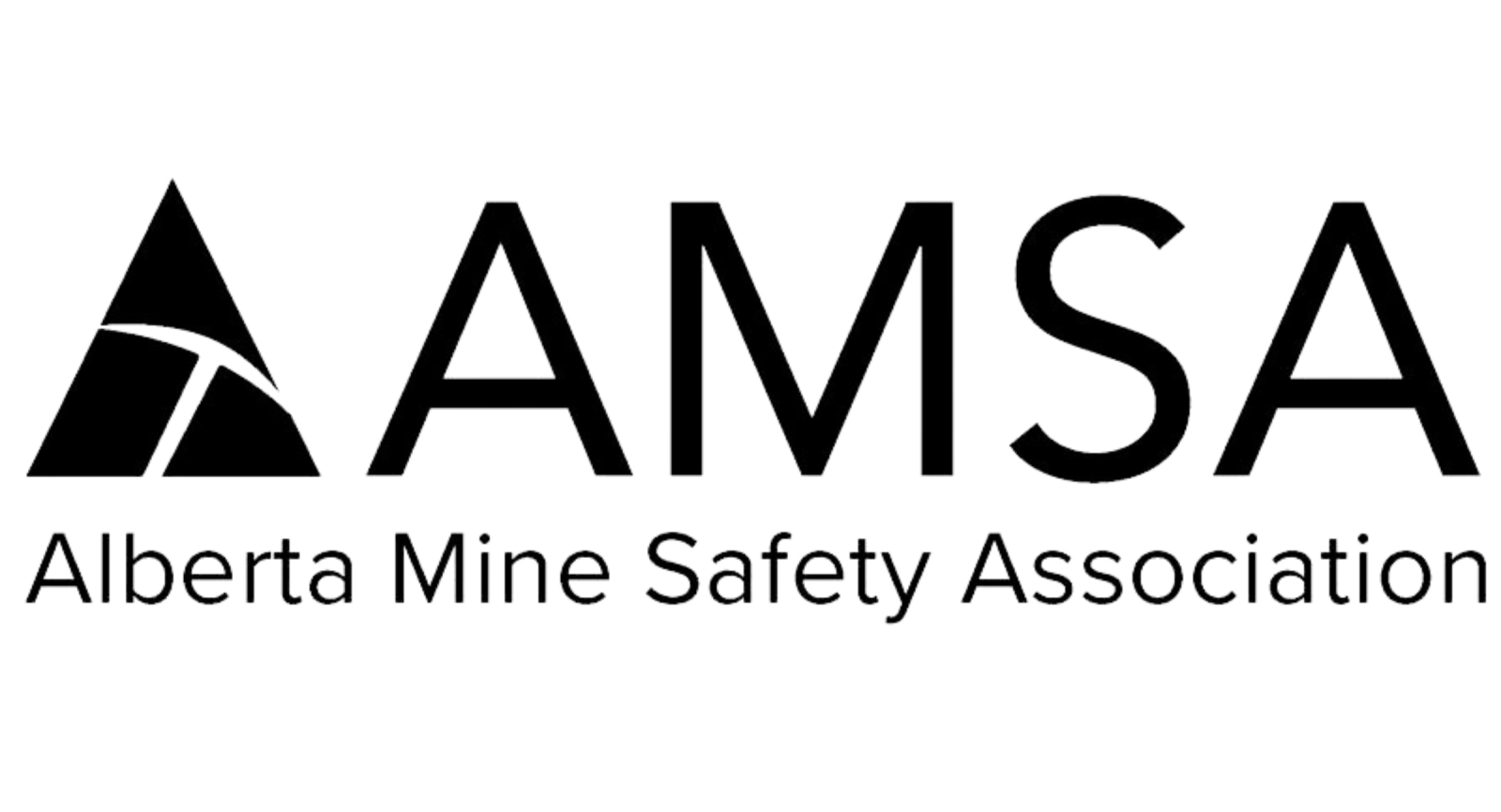Felling and bucking
518(1) Before a tree is felled, a faller must ensure that there is a clear path of retreat and sufficient
space to work for the faller and the faller’s trainee, if any.
518(2) An employer must ensure that workers, except a hand faller and the hand faller’s trainee, if
any, remain a distance of not less than twice the height of the tallest tree away from the immediate area
in which the felling is taking place.
518(3) If a self propelled mechanized feller is operating, an employer must ensure that workers
remain at least the minimum distance prescribed by the manufacturer of the feller away from the
immediate area in which felling is taking place.
518(4) A worker cutting timber must
(a) fall or remove snags and trees that create a danger to workers as the cutting progresses,
(b) when felling a tree, make a correct notch not less than 1/4 and not more than 1/3 of the
diameter of the tree at the butt,
(c) ensure that the undercut is complete and cleaned out,
(d) leave sufficient uncut wood in the felling cut to control the direction in which the tree falls,
(e) not work on hillsides immediately below another worker if skidding, sliding or rolling trees or
logs may be dangerous,
(f) carry and use wedges for hand felling, and
(g) closely trim logs before they are put onto a truck, log deck or rollway.
518(5) A worker who is bucking must
(a) take measures to protect other workers from the movement of trees during bucking,
(b) clear away all brush and other objects that may catch the saw before starting the bucking, and
(c) work on the upper side of logs lying on inclines.
518(6) An employer must ensure that a worker complies with subsections (4) and (5).
Hand felling
519 An employer must ensure that workers do not do hand felling during environmental conditions
that may be hazardous to workers.
Mechanized feller or limber
520 An employer must ensure that a mechanized feller or limber
(a) has a cab for the operator with 2 exits through which the operator can readily escape, and
(b) is designed and equipped to direct the fall of the tree away from the mechanized feller.
Operator protective structures
521 An employer must ensure that skidders, grapple skidders and crawlers used in the harvesting of
trees meet the requirements of SAE Recommended Practice J1084 APR80 (R2002), Operator
Protective Structure Performance Criteria for Certain Forestry Equipment.
Road warnings
522 A worker must not fell a tree within the range of a road travelled by other workers or the public
unless
(a) a designated signaller is on the road to warn those approaching and to stop traffic until the tree
is down and it is safe to continue, or
(b) there are 2 flags or warning signs at the side of the road at a distance of 30 metres to 90 metres
from each approach to the place where the tree is to be felled.
Partially cut trees
523 An employer must ensure that a partially cut tree is not left standing.
Logging trucks
524(1) Repealed.
524(2) Repealed.
524(3) An employer may operate a logging truck with a load that exceeds the manufacturer’s
specifications for the maximum weight of the load if the employer
(a) prepares a written assessment of the hazards relating to the operation of the logging truck, and
(b) implements controls that ensure the safe operation of the truck.
Traffic safety
525(1) An employer must ensure that bridges, elevated platforms and other structures used by
vehicles transporting workers, logs or other forest products in forestry operations are constructed and
maintained to permit safe transit.
525(2) If 2 or more vehicles may simultaneously use a section of road that is too narrow to permit
them to pass each other, an employer must ensure that a traffic control system is installed on the road.
525(3) A traffic control system under subsection (2) must use
(a) turnouts if they are necessary for safety,
(b) warning signs at locations where they are needed, and
(c) instructional signs giving
(i) the kilometre markings,
(ii) the road names or number markings, and
(iii) the radio frequency, if any, used for traffic control.
525(4) The traffic control system under subsection (2) must require vehicles to operate with their headlights turned on at all times.

